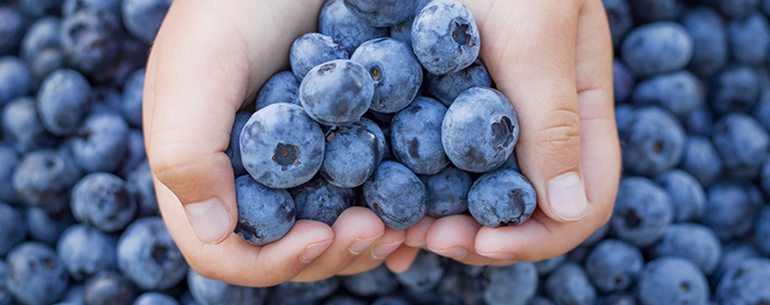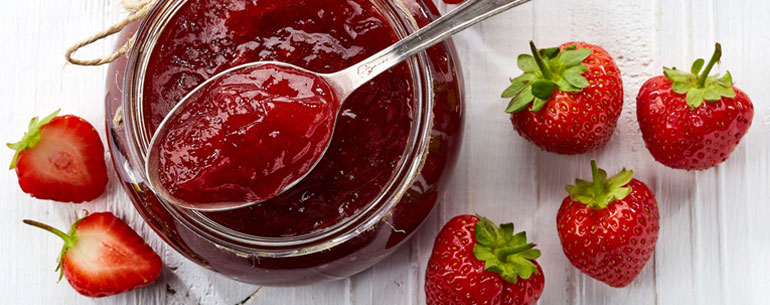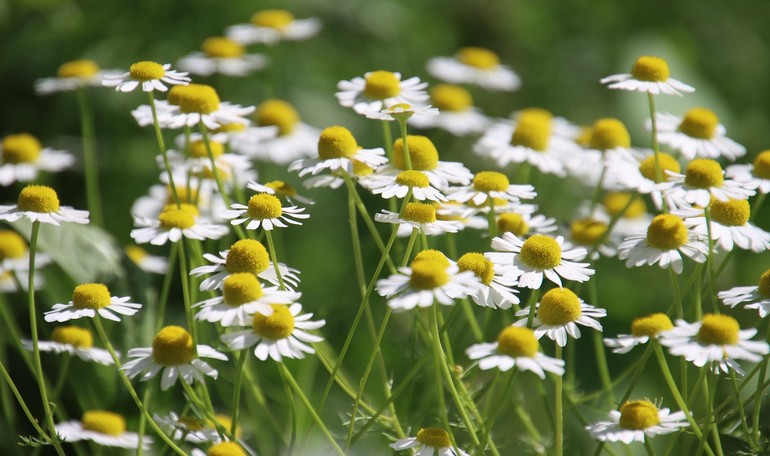The word from the nutritionist
The chestnut-tree and its fruits
Chestnut is the most requested autumnal fruit. It can be roasted, boiled or dried and preserved for a long time.

The chestnut consumption is very ancient, in fact, Marziale and Virgilio mentioned that fruit in their writings. During the Middle Ages chestnuts were considered a food destined to poor people because they were easy to find and had a low cost. Chestnuts, indeed, were both a useful substitute for acorns and for the other uncultivated products and a possible alternative to the lentil, the spelt, the barley and the wheat.
The chestnut used to be called “bread of the poor” because it is rich in compound carbohydrates (starch) like the cereals. When it is cooked a part of the starch is transformed into simple sugars, that give it its typical sweetness.The chestnuts are also very rich in fibers, in potassium, in vitamins of the B group (especially B2) and niacin (vitamin PP).
It’s also possible to obtain a particular flour from chestnuts that may be used, instead of the other more expensive cereals flour, for the preparation of soups, porridges (farinata d’avena), buns, chestnut-cakes, “gnocchi”, pancakes and breads.
Published 31 October 2016





